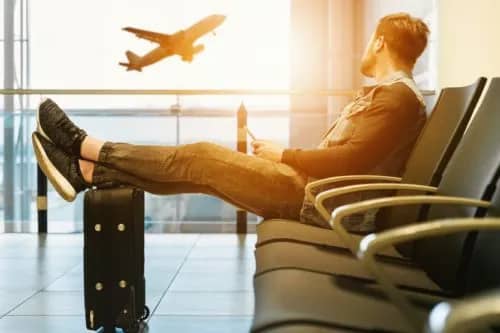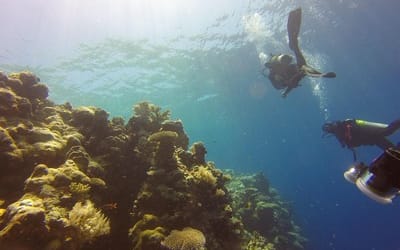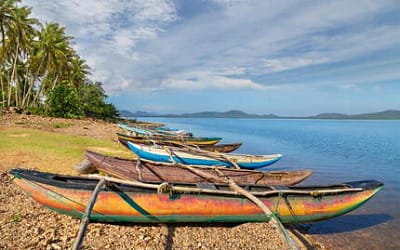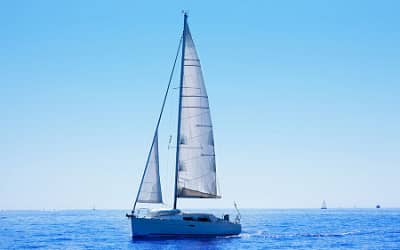Taking on the World, One Trip at a Time
If you’re a keen traveler, you will love our website. Whether you want to research a particular destination or have special leisure interests, you can explore all our travel articles here.
Destinations

 SOUTH EAST ASIA
SOUTH EAST ASIA
Southeast Asia is a hugely popular tourist region due, for the most part, to its wide range of attractions and very affordable prices.
 OCEANIA
OCEANIA
This is a diverse region that includes the developed countries of Australia and New Zealand, as well as many developing island nations.
 CARIBBEAN
CARIBBEAN
The Caribbean is an island region of the Americas consisting of 16 countries and 24 dependencies.
Interests
 SCUBA DIVING
SCUBA DIVING
Few hobbies in life involve travelling to some of the world’s most beautiful destinations and communing with nature in such an amazing way as scuba diving.
 NATURE/WILDLIFE
NATURE/WILDLIFE
We live busy lives, often in urban settings, so when the time comes for a vacation, many of us know that the best thing to do is to turn to nature.
 BEACH DESTINATIONS
BEACH DESTINATIONS
To many, the beach represents what vacations are all about. A chance to relax and let the stresses of everyday life ebb away like the sound of the waves lapping the shore.
Recent Travel Articles
Ready to dive into a paradise? Palau’s incredible marine life awaits!
Hey fellow scuba divers! If you're looking for a destination that's teeming with marine life, look no further thanPalau. This small archipelago in the Pacific Ocean is a haven for divers, with its clear waters, lively coral reefs, andincredible array of marine...
Sri Lanka Unwrapped: Secrets of the Island the Tour Books Forgot
A Whisper of Cinnamon and Thunderstorms Sri Lanka, a teardrop-shaped island nestled in the Indian Ocean, is often introduced as a land of pristine beaches and ancient ruins. But dig beneath the surface. past the surfboards and spice markets, and you'll uncover a...
Sailing Routes in the USVI That Lead to Epic Underwater Worlds
Sailing in the U.S. Virgin Islands The U.S. Virgin Islands (USVI), St. Thomas, St. John, and St. Croix, are more than just a tropical postcard. They are a sailor's and diver's paradise, home to some of the Caribbean's most accessible and exciting underwater realms....
 OCEANIA
OCEANIA CARIBBEAN
CARIBBEAN
 SCUBA DIVING
SCUBA DIVING NATURE/WILDLIFE
NATURE/WILDLIFE BEACH DESTINATIONS
BEACH DESTINATIONS

